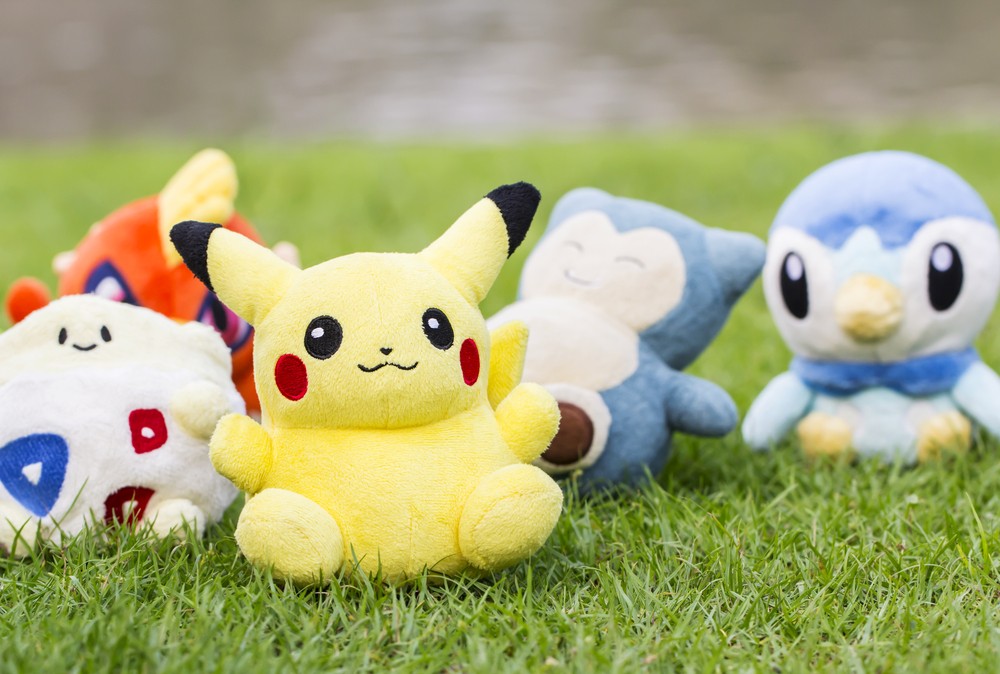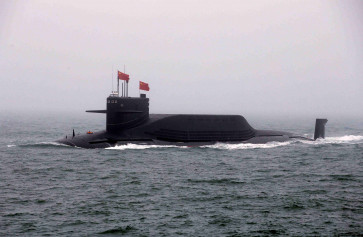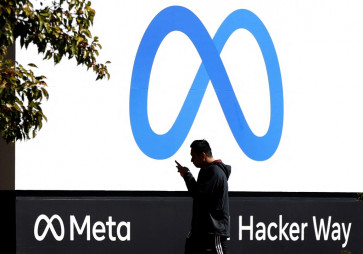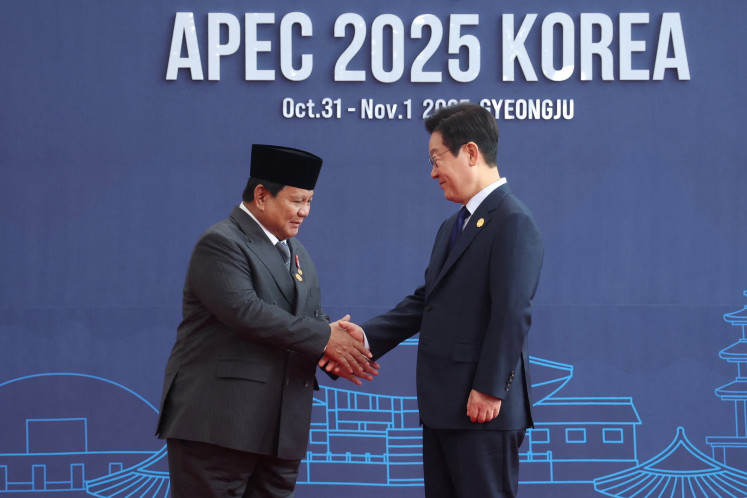Popular Reads
Top Results
Can't find what you're looking for?
View all search resultsPopular Reads
Top Results
Can't find what you're looking for?
View all search resultsPokemon constantly evolves
Since Pokemon came into being on Feb. 27, 1996, it has captivated millions around the world while growing into a gigantic media franchise.
Change text size
Gift Premium Articles
to Anyone
S
ince Pokemon came into being on Feb. 27, 1996, it has captivated millions around the world while growing into a gigantic media franchise. It started as a video game and evolved into a card game, TV anime, film and spin-off character goods.
The accumulated sales of the Pokemon franchise has exceeded ¥4.6 trillion. Pokemon is also known as Pocket Monsters in Japan.
The first product came in the form of two video games, “Pokemon Red Version” and “Pokemon Green Version” (sold as “Pokemon Blue Version” overseas), for Nintendo’s Game Boy.
“The game software was the origin of Pokemon. It was quite well-made,” said Tsunekazu Ishihara, commenting on Pokemon’s enduring popularity. Ishihara is a video game software producer and president of The Pokemon Co., which manages Pokemon brands.
“It was elaborately designed to actively involve the players,” he said. “That was a large contributing factor [to its success].”
In the game, players can exchange Pokemon characters they have captured with ones held by friends. Characters held by players battle with characters held by their friends. If the players properly train the characters they have captured, the characters can sometimes dramatically evolve. The game’s central concept — playing with friends — is more fun than playing alone. The idea was epoch-making.
The product took six years to launch from its initial planning by Satoshi Tajiri, president of GAME FREAK Inc.
Ishihara said that when manufacturing the game, he was not certain if it would be truly interesting.
However, he became certain it would be a hit when he saw its developers absorbed in playing it when adjusting it before launch.
Following the game’s success, Pokemon anime began airing on TV in 1997. Pikachu, an adorable Pokemon character that is difficult to find in the game, was made the partner of Satoshi, a human boy and the main character of the anime.
As a result, Pikachu became very popular even among people who did not watch the anime. Each time new game software went on sale, Pokemon anime settings expanded to reflect the game’s world. The strategy worked very well.
 Since Pokemon came into being on Feb. 27, 1996, it has captivated millions around the world while growing into a gigantic media franchise.
Since Pokemon came into being on Feb. 27, 1996, it has captivated millions around the world while growing into a gigantic media franchise.
In 1998, Pokemon made inroads into the United States and Australia. In the United States, Pikachu has been featured in the Macy’s Thanksgiving Day Parade in New York since 2001, and an international Pokemon card game competition was held in 2004.
It is not too much to say that Pokemon’s success overseas led to recognition of the value of Japanese video games and anime and the emergence of the concept of “Cool Japan.”
“A Pokemon video game needs to be interesting as they are the origin of Pokemon,” Ishihara said, to survive the entertainment world, in which fashions come and go so quickly. Thus, Pokemon game software has been frequently changed to meet the development of game devices — beginning with Game Boy up to Nintendo 3DS.
Otherwise, Pokemon’s spin-off products, such as TV anime, film and other forms of game, would not generate as much interest, either.
“It’s very challenging to start over with a new environment each time,” Ishihara said. “Therefore, video game developers and technical experts who want to pursue something new in pace with technological development will continue making the next Pokemon game software one after another.”
On Feb. 3, new video game software “Meitantei Pikachu: Shin Konbi Tanjo” (Great detective Pikachu: Birth of a new duo) went on the market. The product is intended to completely change the conventional image of Pikachu.
“Pokemon GO,” a game for smartphones, will be launched this year aiming to expand the market further in Asia, Latin America, the Middle East and Africa. Another large project is being planned, according to Ishihara.
A native of Mie Prefecture, Ishihara was born in 1957. He has been involved in all Pokemon video software products. He set up Pokemon Center Co. (currently The Pokemon Co.) in 1998 and has served as its president.
He likes making and playing games. “I’ve worked until today partly motivated by the hope of spreading games that I think are fun to play,” he said.
He developed the card game format, too. “I’m confident I’m pretty strong [in the Pokemon card game]. But I probably wouldn’t win if I played with the primary school students who won the Pokemon Ryuo-sen [card game competition],” he said. “It’s a good game as it produced players stronger than the game creator expected.”
His favorite Pokemon character is Exeggutor. He is now interested in Rotom, which appears to embody the concept of IoT (Internet of Things).
“People playing with Pokemon are connected with each other, and this phenomenon leads to developing new games. I want the 20th anniversary to be a chance for us to strive anew to expand Pokemon further,” Ishihara said.







